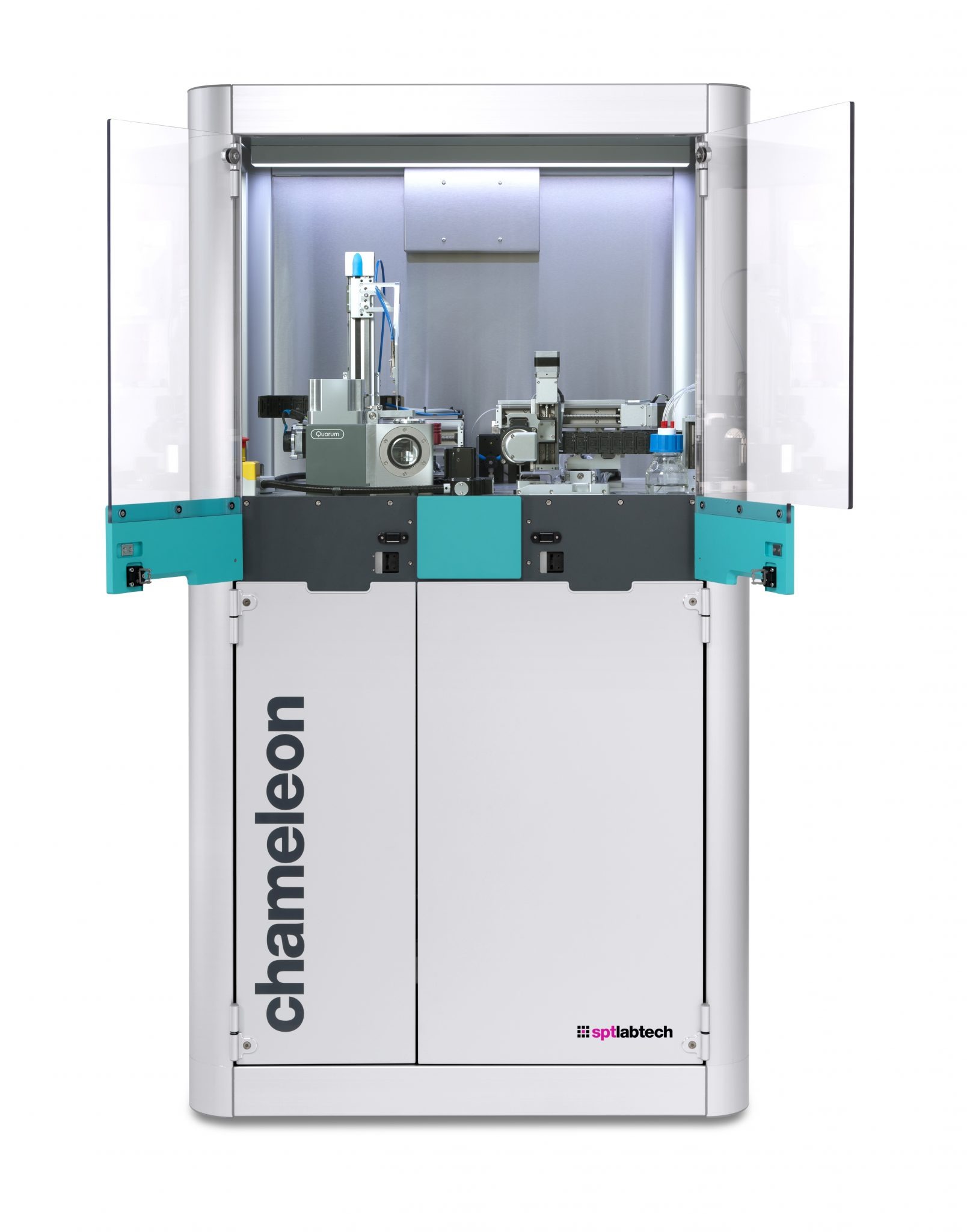Introduction to Biostatistics and Machine Learning
April 22 @ 08:00 – April 26 @ 17:00 CEST
National course open for PhD students, postdocs, researchers and other employees in need of biostatistical and machine learning skills within all Swedish universities. The course is geared towards life scientists wanting to be able to understand and use basic statistical methods. It would also suit those already applying biostatistical methods but have never got a chance to reflect on and truly grasp the basic statistical concepts, such as the commonly misinterpreted p-value.
Important dates
Application open: now
Application closes: 2024-03-24
Confirmation to accepted students: 2024-03-28
Responsible teachers: Olga Dethlefsen, Eva Freyhult
If you do not receive information according to the above dates, please contact edu.ml-biostats@nbis.se
Course fee
A course fee of 3000 SEK will be invoiced to accepted participants. The fee includes lunches, coffee and snacks.
*Please note that NBIS cannot invoice individuals
Course content
- Probability theory
- Hypothesis testing and confidence intervals
- Resampling
- Linear regression methods
- Introduction to generalized linear models
- Model evaluation
- Unsupervised learning incl. clustering and dimension reduction methods
- Supervised learning incl. classification
Education
In this course we focus on an active learning approach. The course participants are expected to do some pre-course reading and exercises, corresponding up to 40h studying. The education consists of teaching blocks alternating between lectures, group discussions, live coding sessions etc.
Entry requirements
- Basic R programming skills (check your R skills by taking our self-assessment test)
- BYOL (bring your own laptop) with R and RStudio installed
- No prior biostatistical knowledge is assumed, only basic math skills (pre-course studying materials will be available upon course acceptance)
The course can accommodate a maximum of 25 participants. If we receive more applications, participants will be selected based on several criteria. Selection criteria include correct entry requirements, motivation to attend the course as well as gender and geographical balance.


